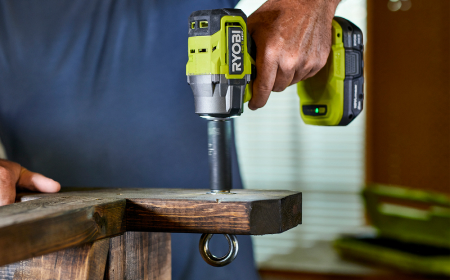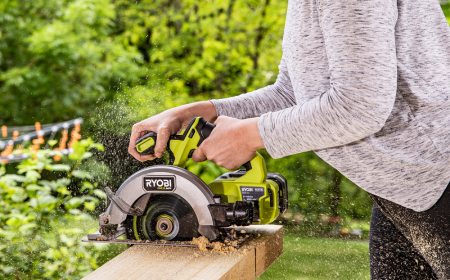This is not a valid return reason. Assist the customer with the following steps to avoid excessive vibrations:
Is the router bit unbalanced or damaged?
An unbalanced or damaged router bit can cause excessive vibration. Check the router bit for any visible damage, such as chips or missing carbide tips. If damage or wear is identified, the bit will need to be replaced.
Is the router bit loose?
An improperly secured bit can lead to vibration. Inspect the router bit to see if it is securely and installed in the collet.
Is the router base assembled securely?
Check that the router's base is securely attached to the motor housing. Loose or improperly tightened base components can result in vibrations.
Are you securing the workpiece?
You must secure and support the workpiece to a stable platform - i.e. with clamps. An unstable workpiece will lead to vibrations and may lead to a loss of control.
Are you using the right speed setting for your task?
Adjust the router's speed setting to an appropriate level for your specific routing task and material. Higher speeds are used for softer materials, while lower speeds are better for harder materials.
Is there a build-up of dust and debris?
Accumulated dust and debris in the router's base or around the bit can unbalance the router and cause vibrations. Clean the router and the work area regularly to prevent this.
RTR18C, R18TR2-0, RRT1600-S, RTR400-S.





